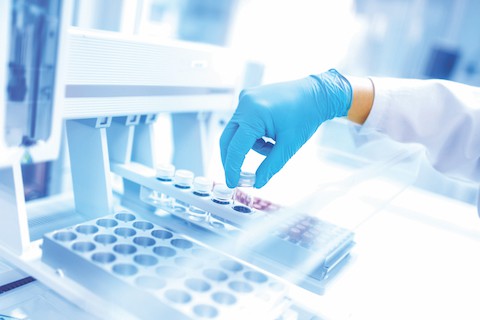
Researchers at the University of Cambridge have developed a DNA test that enables the rapid identification of secondary infections in COVID-19 patients.
The research team – comprised of scientists and doctors at the University of Cambridge and Cambridge University Hospitals NHS Foundation Trust – developed the simple DNA test with the aim of quickly identifying secondary infections in patients infected with COVID-19.
Patients with the most severe forms of COVID-19 can often required mechanical ventilation to remain alive. This patient population is particular susceptible to further infections from bacteria and fungi that they may acquire in hospital – referred to as ‘ventilator-associated pneumonia’.
The new test allows doctors to access the information they need to start treatment for these infections within hours, and identify if targeted antibiotic treatments are also required.
The results from this new testing approach – which is now being rolled out at Cambridge University Hospitals – have been published in the journal Critical Care.
“Early on in the pandemic we noticed that COVID-19 patients appeared to be particularly at risk of developing secondary pneumonia, and started using a rapid diagnostic test that we had developed for just such a situation,” said co-author Andrew Conway Morris, from Cambridge’s Department of Medicine and an intensive care consultant.
“Using this test, we found that patients with COVID-19 were twice as likely to develop secondary pneumonia as other patients in the same intensive care unit,” he added.
Standard methods of testing for pneumonia are ‘challenging’ according to the University of Cambridge researchers. The standard test for identifying these infections involves taking bacterial samples from patients, which then need to be cultured in a lab – a process which can be labelled as ‘time-consuming’.
The newly-developed test uses multiple polymerase chain reactions (PCR) to detect the DNA of the bacteria and can be completed in approximately four hours. It runs multiple PCR reactions in parallel and can identify 52 different pathogens simultaneously.
“Often, patients have already started to receive antibiotics before the bacteria have had time to grow in the lab,” said Morris.
“This means that results from cultures are often negative, whereas PCR doesn’t need viable bacteria to detect – making this a more accurate test,” he added.




